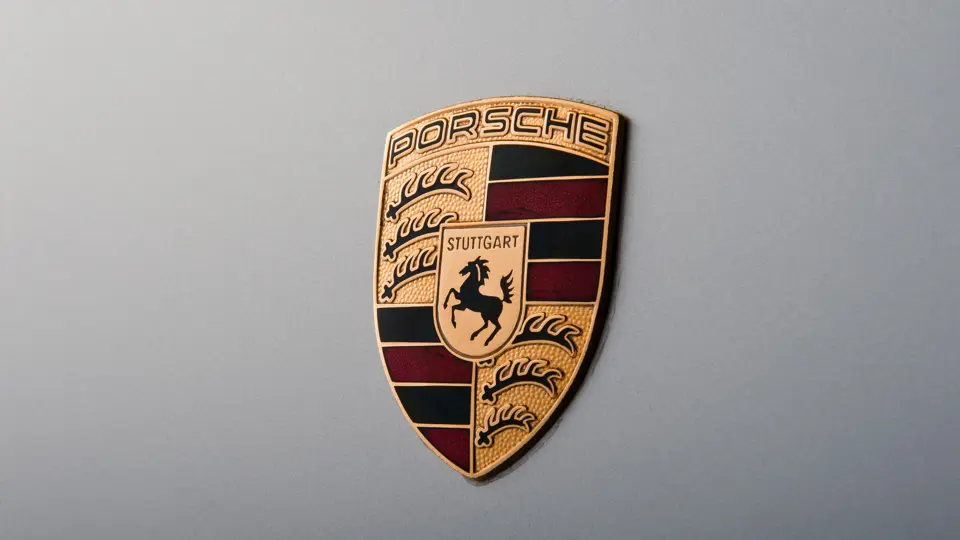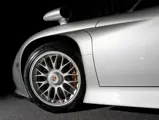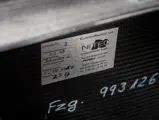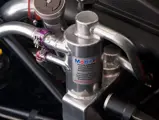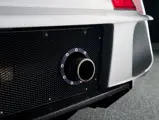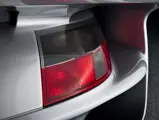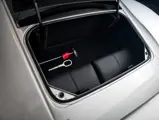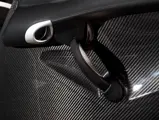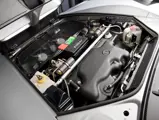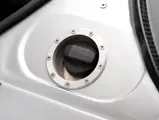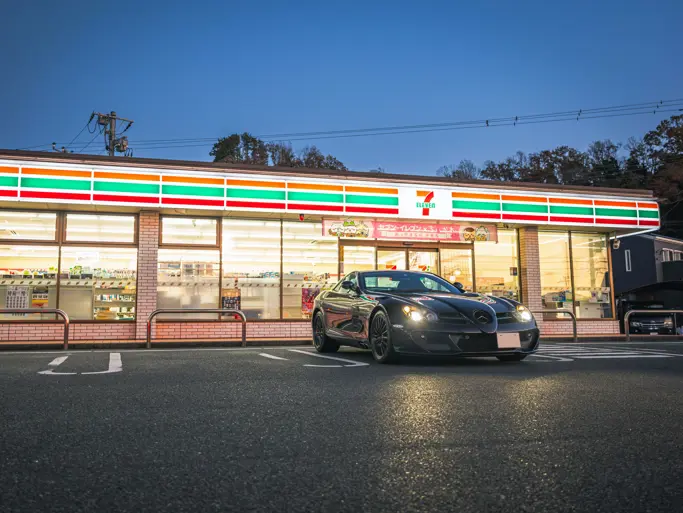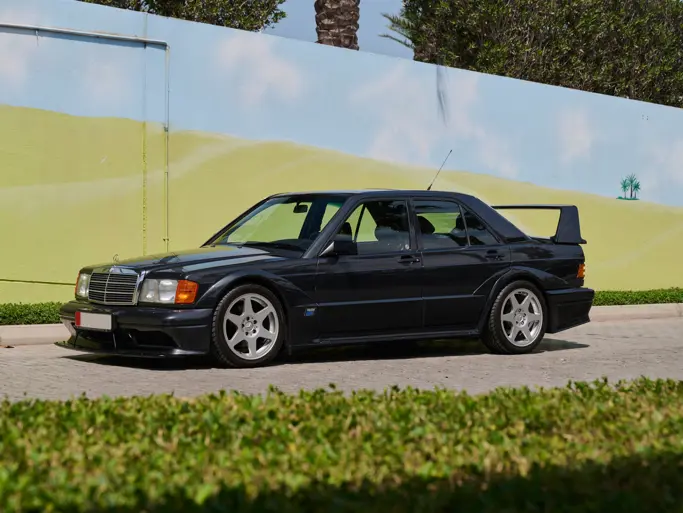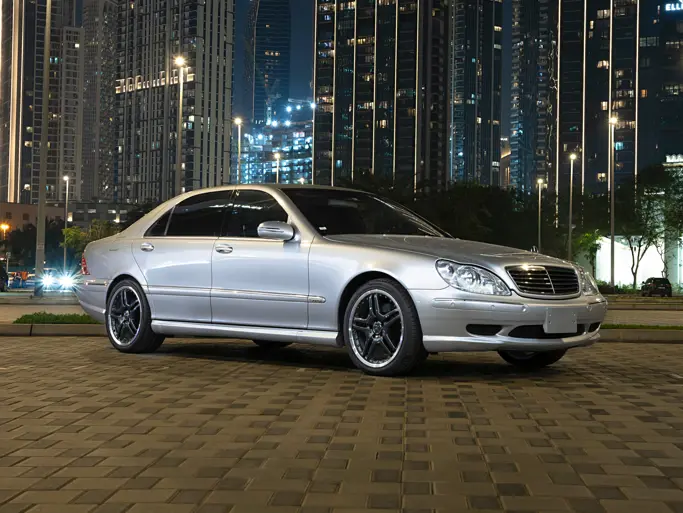In 2004, the car was purchased by its previous owner who had it EPA certified by JK Technologies in Baltimore, MD where it was imported under show and display regulations. There was also another road-going GT1 imported into the US; however, as a race car.
Also note that chassis nos. 001, 002, and 003 are street version GT1s with the round 993-style headlights. Nos. 004–022 were delivered with the later 996-style headlights. This car is the second 996-style GT1 street version with 544 hp.
Please note that this vehicle will not pass California emissions and therefore should be sold to a dealer or out of state resident.
544 bhp 3,163 cc twin-turbocharged dual overhead cam horizontally opposed six-cylinder engine with sequential multipoint fuel injection, six-speed manual rear- transaxle, four-wheel independent double wishbone suspension with coil springs and anti-roll bar, and four-wheel disc brakes. Wheelbase: 98.4"
• One of approximately 25 examples produced
• The only example known to be imported into the United States
• Homologated roadgoing street version of the 1997 911 GT1 Evolution Race Car
• A pristine, low mileage example
As much as it was a benchmark moment for the English company, McLaren’s dominant performance at the 1995 24 Hours of Le Mans may have actually had a greater long-term impact on Porsche, for it was only after the lauded McLaren F1 GTR finished in three of the top four positions, including First Overall and 1-2-3 in class, that Porsche felt the need to fully reinvest its energies into sports car competition. For the previous few years, with GT car racing once again returning to Le Mans, Porsche had submitted factory 962 prototypes to the Dauer racing team for competition, though Zuffenhausen retained control of the cars’ technical development and supplied the drivers. Despite the veiled corporate effort, these so-called Dauer 962 GT examples performed quite admirably, even claiming a Le Mans victory in 1994. But the thirteen-year-old 962 platform was clearly outclassed a year later at the Sarthe race when faced with the prodigious McLaren.
Six weeks after the 1995 loss, seemingly affronted by the defeat, Porsche management declared its intent to jumpstart its factory-based GT racing program with the development of a brand new car that could squarely match the McLaren F1. Renowned Porsche Engineer Norbert Singer was tasked with building the new machine, with a mandate to retain basic 911 characteristics. In the interest of avoiding the prolonged process of crash testing that an all-new platform would require, Singer started with the front end of the 993-based 911 and essentially grafted it to the rear-end of a 962, constructing a new tubular frame designed for mid/rear engine placement and a rear transaxle. Into this frame, Singer dropped a twin-turbocharged 3.2-liter water-cooled flat-six engine capable of developing 600 hp. A futuristic 911-inspired carbon fiber shell finished the exterior packaging.
The resulting first-generation 911 GT1 race car debuted at the 1996 24 Hours of Le Mans to great effect, with the two works cars finishing Second and Third Overall and First and Second in Class. Following the 1996 season, the FIA recognized that GT racing was alive and well, and thus, acquired the upstart BPR Global Endurance Challenge, renaming it the FIA World GT Championship. Eligible for the series merely by having customer car orders in hand, with physical homologation yet to take place, Porsche further prepared the GT1 for the 1997 season with aerodynamic tweaks to the bodywork and a revision of the suspension. Now referred to as the 911 GT1 Evolution (Evo), the modified racer featured the headlights that would define the 996-platform 911 and faced a daunting new competitor in the Mercedes-Benz CLK GTR. While victory eluded the GT1 Evo at the 1997 Le Mans, one more season of development, which notably included the incorporation of a weight-reducing carbon fiber chassis, culminated in a blistering showing at Sarthe in 1998, with the redesigned 911 GT1-98 taking a commanding one-two finish over teams by McLaren, Toyota, and Panoz.
As 911 GT1 Evo development continued during the 1997 season, Porsche began in October to build in earnest a short run of homologated customer cars, originally intended not to exceed 30 examples. These so-called street versions, or Straßenversion, featured some minimal modifications from the Evo race car, including a higher ride position for improved ground clearance, a slightly softer suspension, more practical roadgoing gear ratios, and a milder state of tune for the engine. The most obvious difference lay in the interior, which featured upholstered sport seats and carpeting and a trimmed dashboard borrowed from the 993-platform 911.
Taking delivery by early-1998, the Strassenversion GT1 was capable of 194 mph and 3.6-second 0–60 mph sprints and retailed for $912,000. Contemporary journalists noted the model’s dialed-in performance at speed, with Automobile Magazine’s reviewer relishing, “The 911 GT1 is a racing car tuned for road use, not vice versa.” Far rarer than the McLaren F1 that originally inspired it, the Porsche GT1 Straßenversion was ultimately built in a sparing quantity of only roughly 25 examples, and the superlative performer occupies a unique historic link in Porsche’s supercar lineage, sitting between two of the marque’s greatest road cars: the 959 and the Carrera GT.
This outstanding 911 GT1 Straßenversion finished assembly in January 1998 and was soon delivered to its initial buyer, a Porsche customer based in Germany, who likely used it at some of Germany’s great tracks. In 2004, it was acquired by Don Wallace, an unabashed collector of modern supercars whose fortune was built from founding Lazy Days RV, a leading superstore of recreational vehicles based in Florida. It is believed that Mr. Wallace imported this GT1 to the United States and registered it under EPA and DOT “Show and Display” restrictions, and that the car is the only such GT1 Straßenversion to legally enter the U.S. and receive the unusual exemption.
In Mr. Wallace’s climate-controlled facility, this Porsche enjoyed the equally dignified company of his other supercars, including a Bugatti Veyron, McLaren F1, Mercedes-Benz SLR-McLaren, and a Ford GTX1, among many others. Mr. Wallace exhibited the 911 GT1 with his other cars at the Festivals of Speed in St. Petersburg, Florida for several years and likely experienced some track time in the car, as well. When acquired by current ownership more recently, this Porsche still displayed under 7,100 kilometers and was soon treated to a few bouts of minor maintenance, as demonstrated by accompanying service orders. In September 2010, the factory alarm system was disabled, while in the following May, the valve cover gaskets, o-rings, radiator fans, and low-speed fan resistors were replaced. The car has experienced very sparing use during the consignor’s recent period of care, with the odometer now displaying approximately only 7,180 kilometers.
Combining minimal use and select care by very few fastidious collectors, and accompanied by its original manuals and tool kit, this Porsche 911 GT1 Straßenversion is a pristine example of one of the most fabulous street cars every manufactured. It is an extremely rare version of the direct predecessor to the Le Mans-winning 911 GT1-98, one that will doubtlessly constitute a singular and unique presence at any event it attends. Beautifully suited for the highest level of concours d’elegance, supercar exhibitions, PCA events, or racing tributes, this arresting Straßenversion beacons serious sports car collectors and Porsche connoisseurs to bask in its brilliant design or to indulge in its rapturous performance.

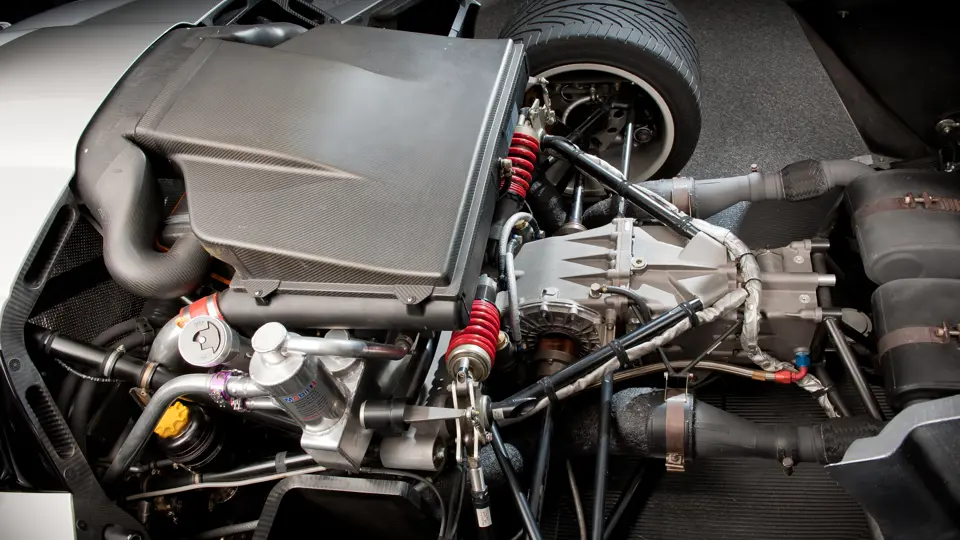
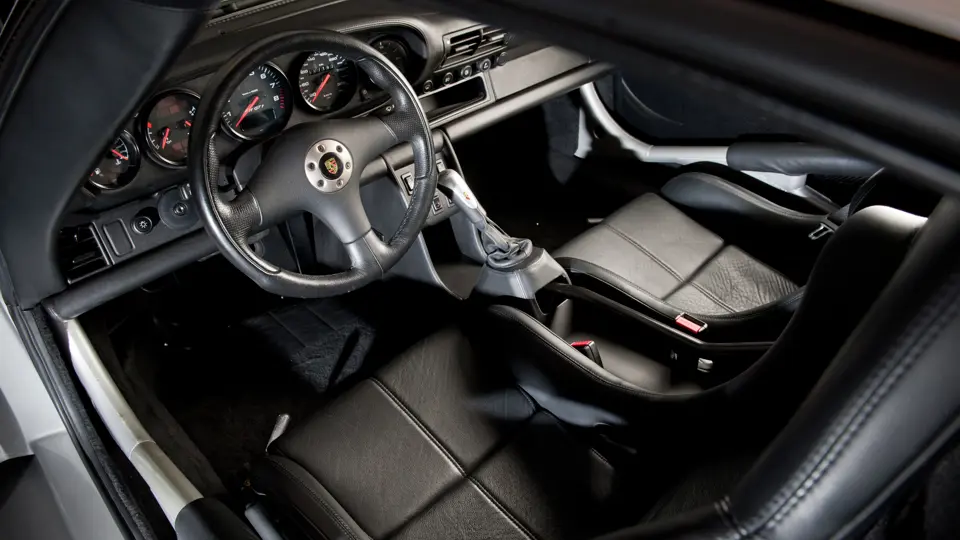



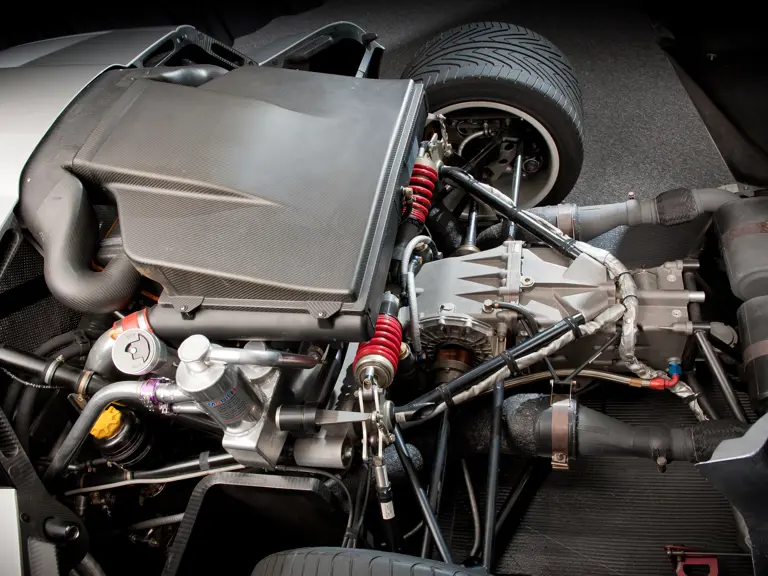
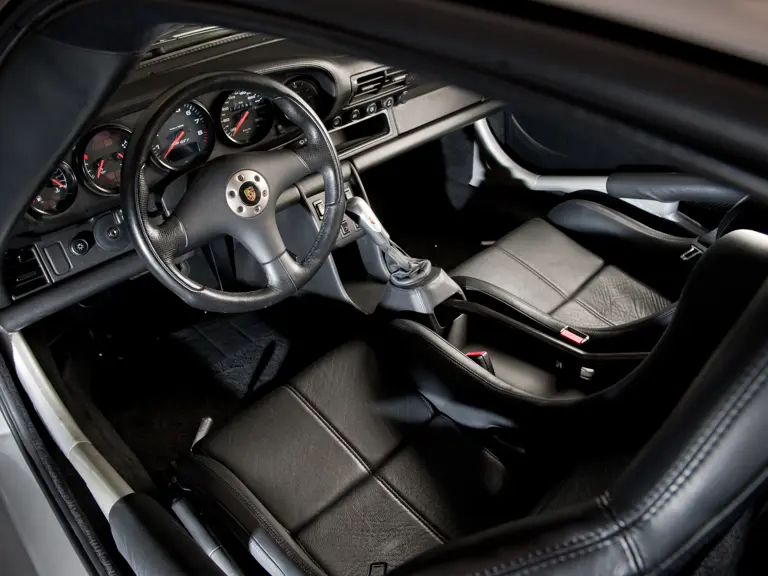


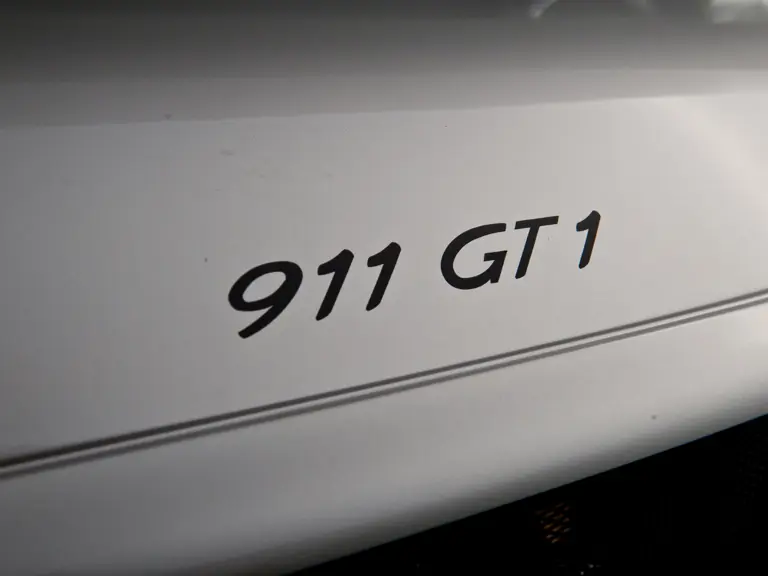
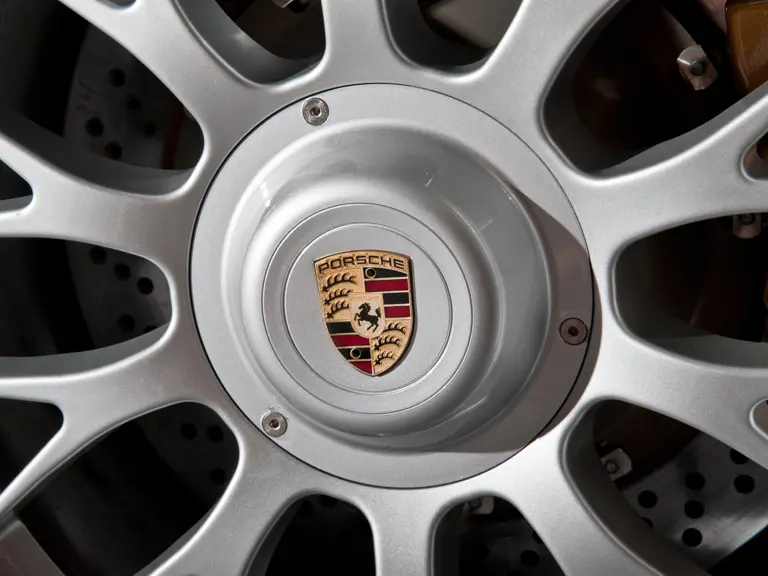


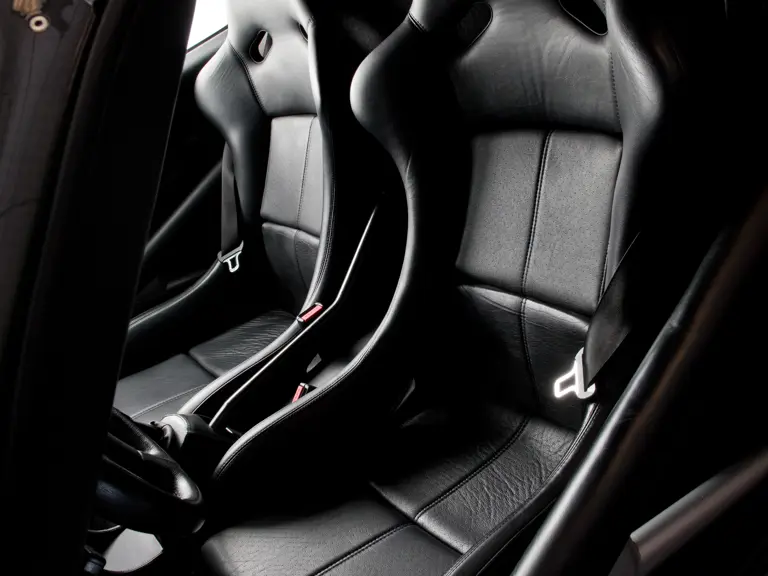
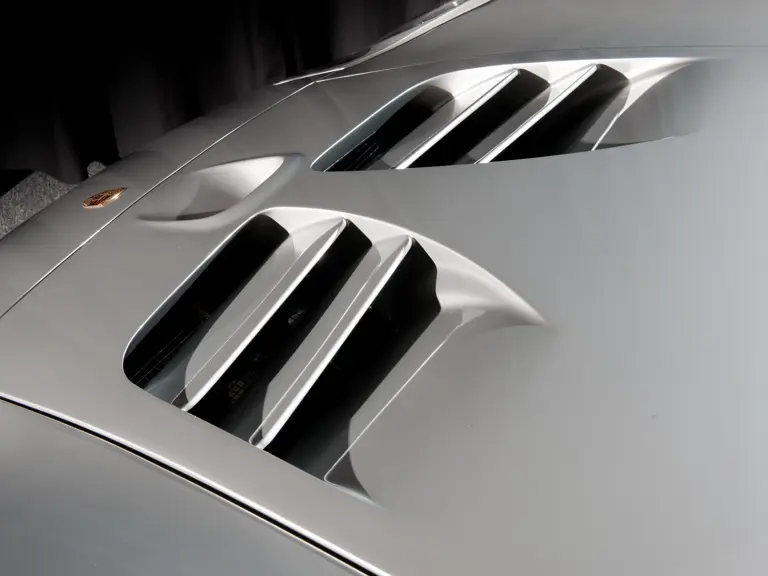

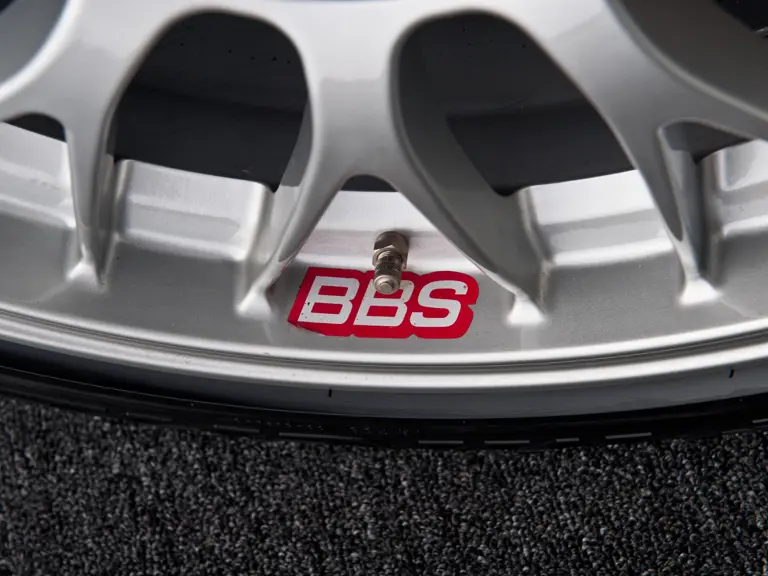


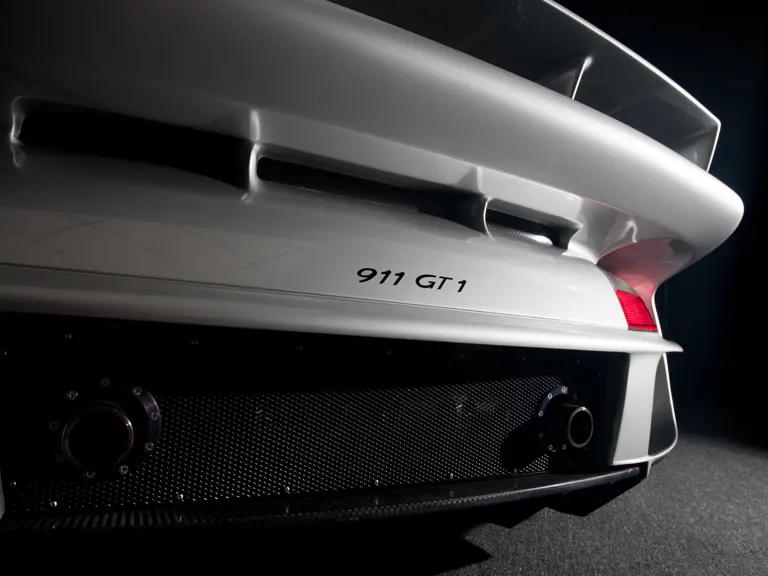

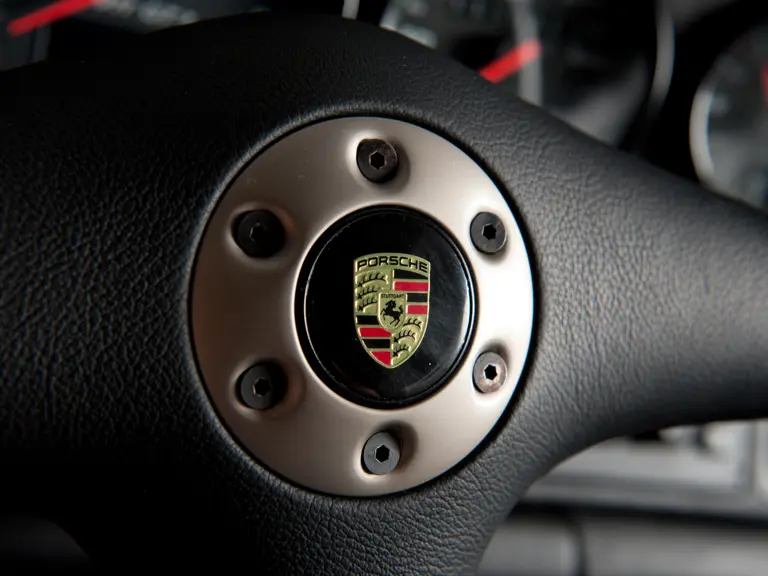
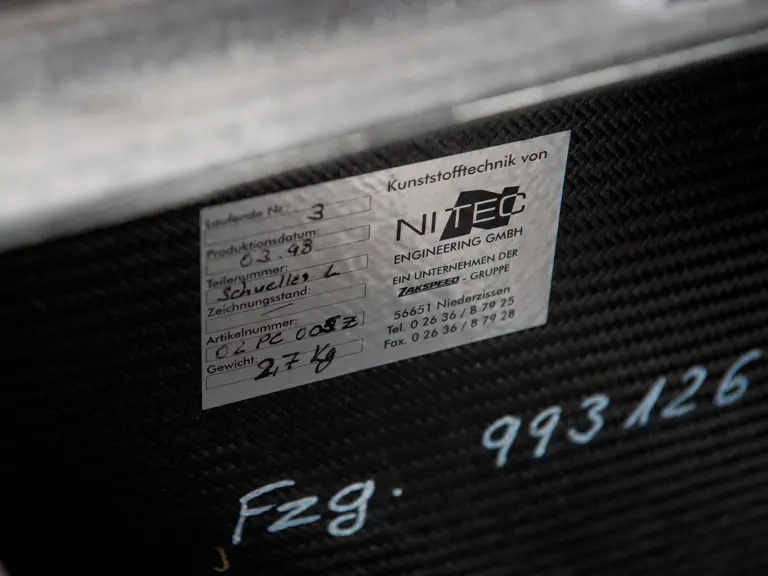
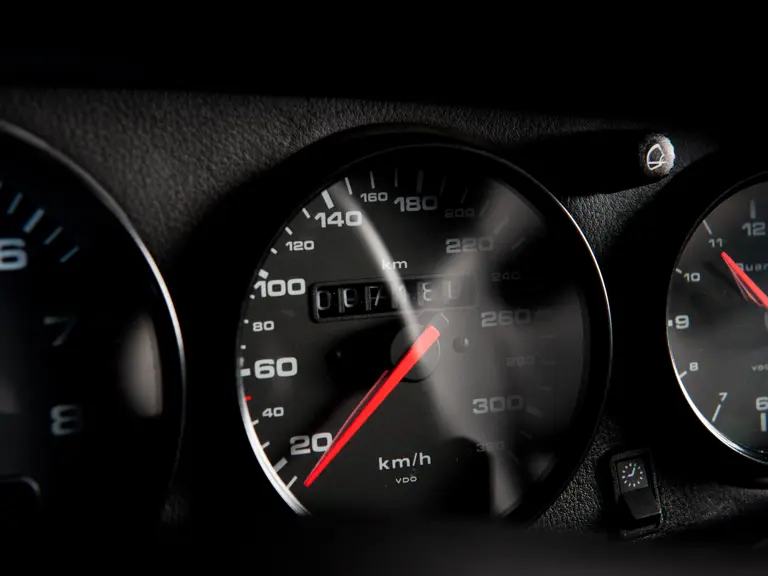
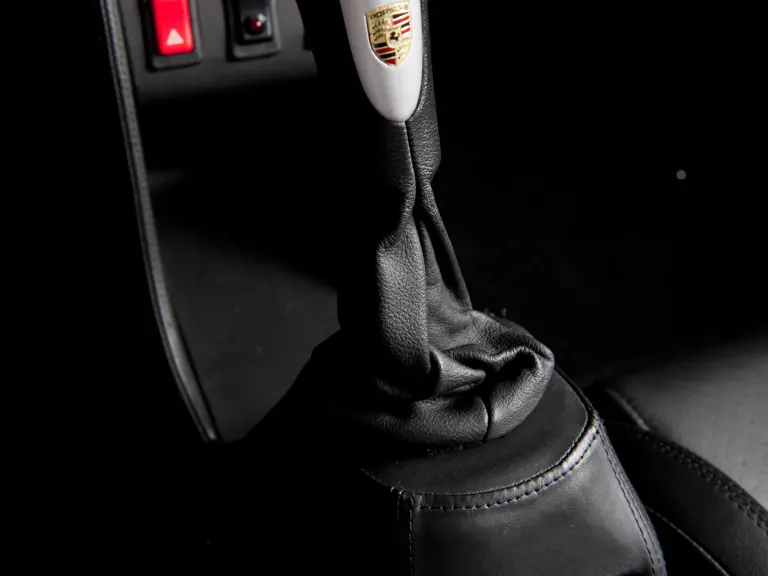
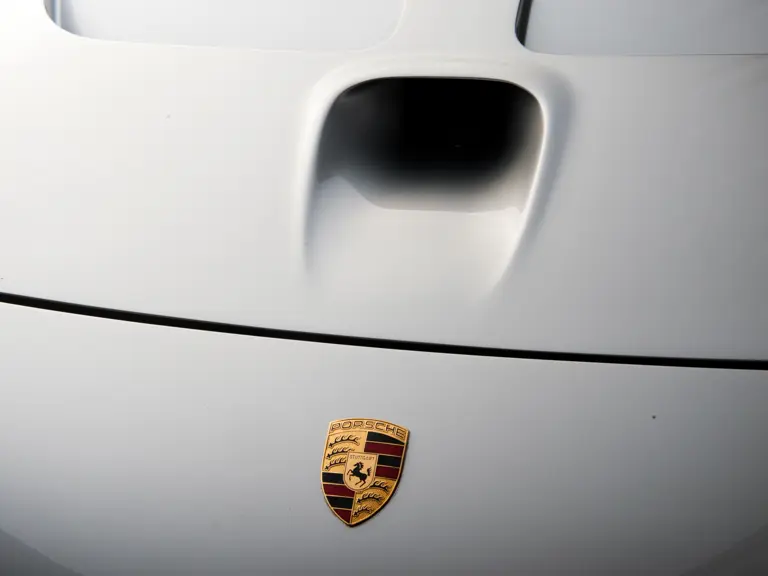
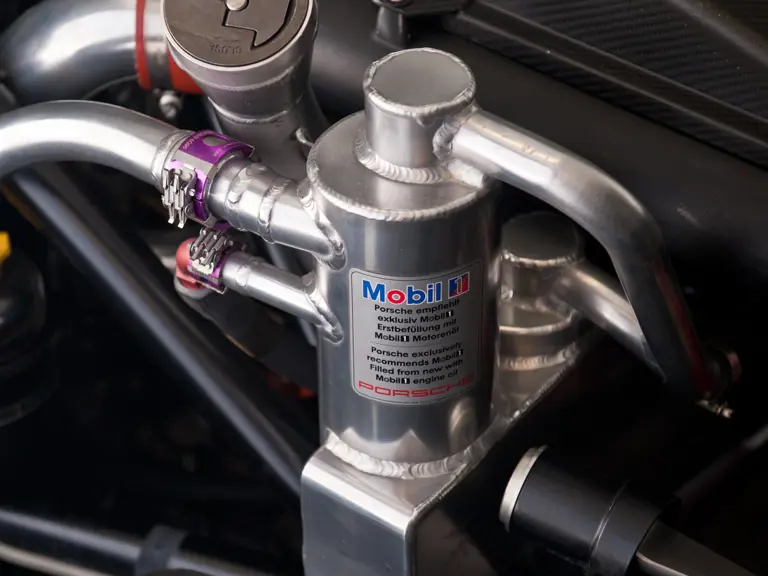
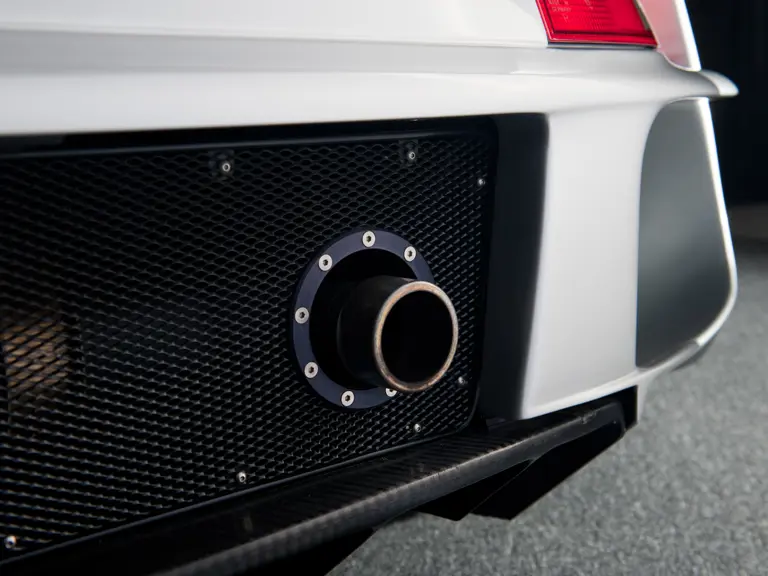

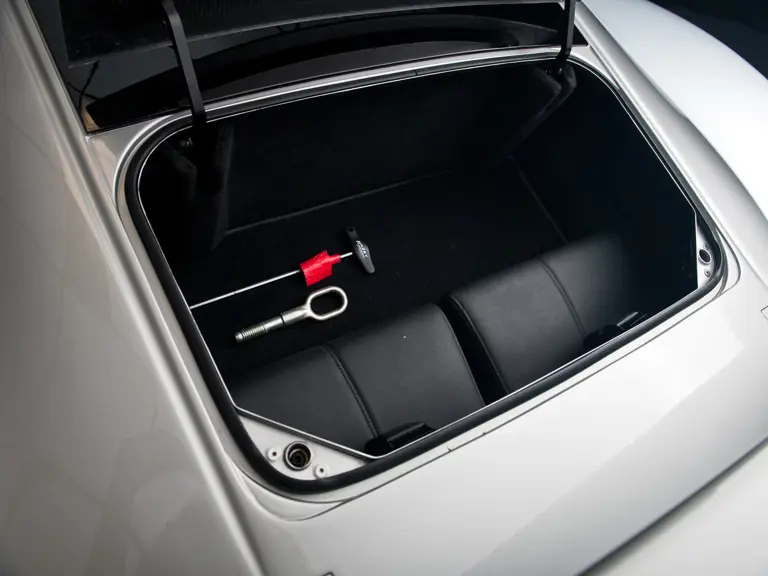
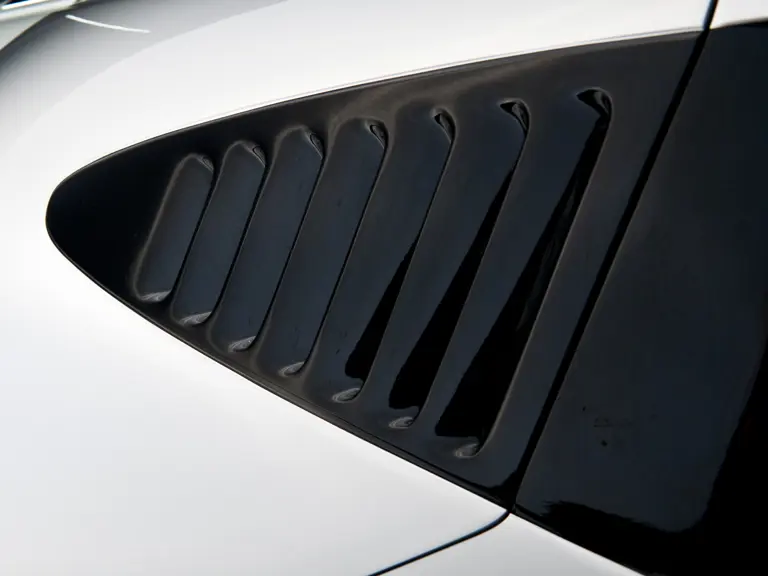



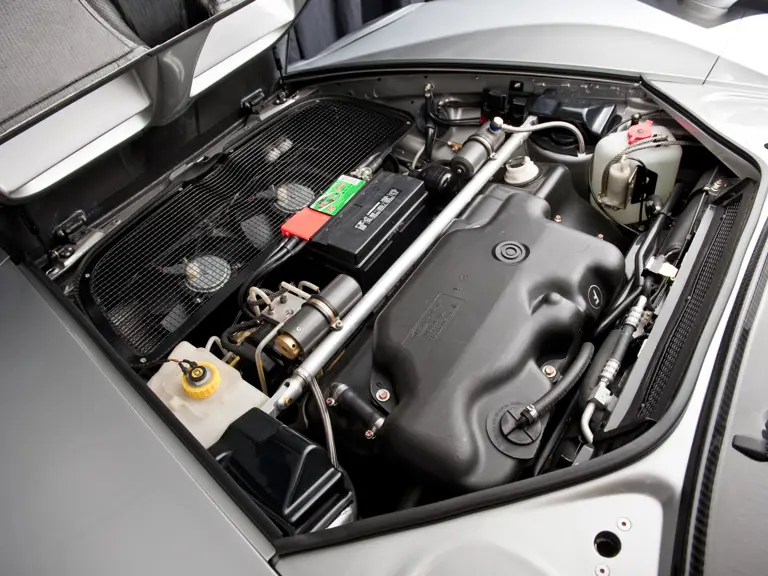
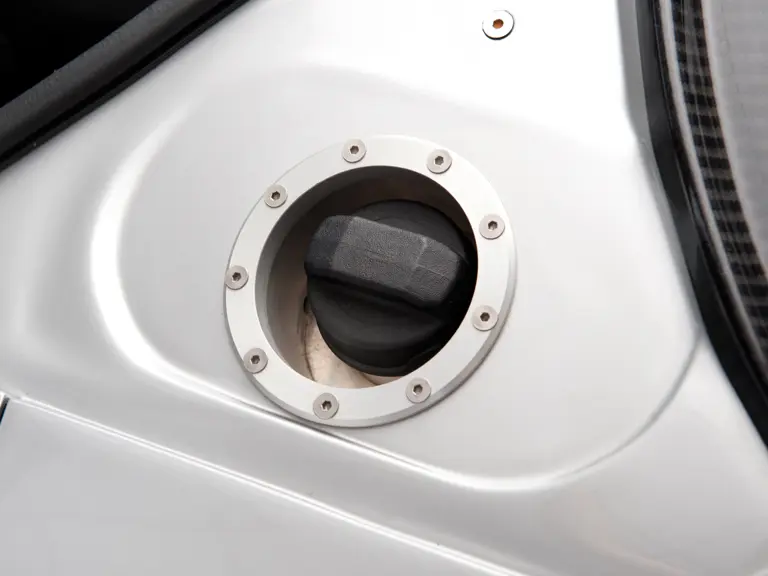

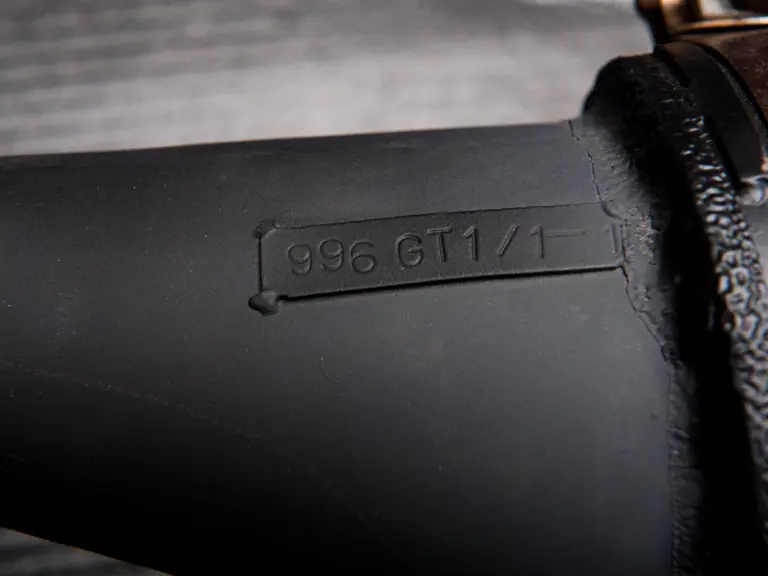
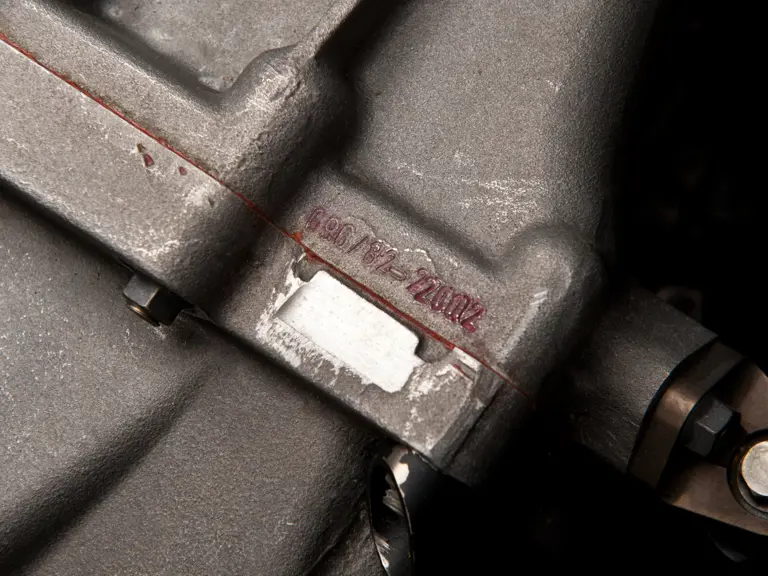



 | Monterey, California
| Monterey, California

